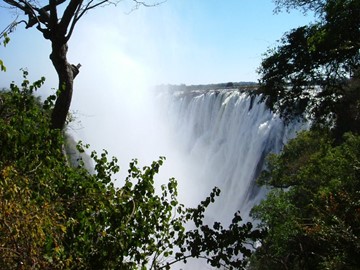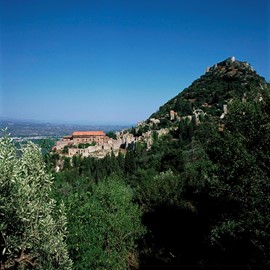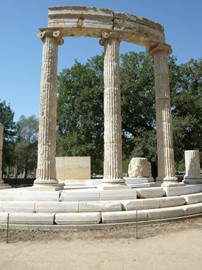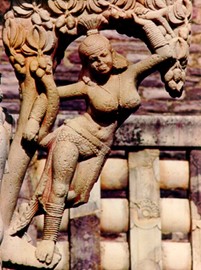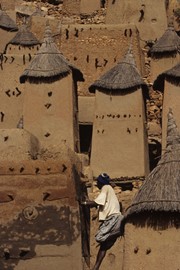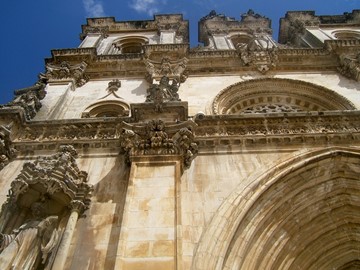year :: 1989
Victoria Falls
Mosi-oa-Tunya / Victoria Falls, a UNESCO World Heritage site in Zambia and Zimbabwe, recognized in 1989, is one of the world’s largest waterfalls, formed by the Zambezi River plunging over a basalt plateau. Known as 'The Smoke That Thunders,' its mist-soaked gorges and rainforests support rare species like the African fish eagle. This transnational site reflects Southern Africa’s natural splendor, showcasing a breathtaking geological marvel preserved across borders.
Mystras
Mystras, a UNESCO World Heritage site in Greece, is a remarkably preserved medieval fortified town. Founded in the 13th century, it served as a Byzantine capital and cultural hub, boasting impressive architecture like palaces, churches, and monasteries adorned with intricate frescoes. Its historical significance lies in its role as a center of power and learning during the late Byzantine era. Today, it stands as a captivating testament to Greece’s rich past, drawing visitors to explore its winding streets a... Read More
Olympia
The Archaeological Site of Olympia, a UNESCO World Heritage site in Greece, is renowned as the birthplace of the Olympic Games, first held in 776 BCE. This ancient sanctuary features well-preserved ruins, including the Temple of Zeus, once home to a colossal gold-and-ivory statue of the god, and the stadium where athletes competed. The site also includes the workshop of sculptor Phidias and various structures tied to religious and athletic activities. Excavations have revealed artifacts showcasing its histo... Read More
Sanchi
The Buddhist Monuments at Sanchi, a UNESCO World Heritage site in India, are a remarkable collection of ancient structures dating back to the 3rd century BCE. This historic complex includes intricately carved stupas, monasteries, and temples that showcase the evolution of Buddhist art and architecture. The site is renowned for its well-preserved Great Stupa, a significant pilgrimage destination that exemplifies early Buddhist monument design. These monuments collectively reflect the profound cultural and re... Read More
Bandiagara
Bandiagara, a UNESCO World Heritage site in Mali, is renowned for its unique cultural and architectural significance. Nestled within a dramatic escarpment, it features ancient cliff-dwelling villages built by the Dogon people, showcasing their traditional mud-brick homes and granaries perched along the sandstone cliffs. This historic site reflects centuries of human ingenuity, blending seamlessly with the natural landscape, and preserves the rich spiritual and agricultural heritage of the region.
Banc d'Arguin
Banc d'Arguin, a UNESCO World Heritage site in Mauritania, is a vital coastal ecosystem renowned for its rich biodiversity. This national park serves as a critical breeding ground for migratory birds and supports a diverse marine life, including fish, mollusks, and crustaceans. Its unique blend of desert and ocean environments has sustained traditional fishing communities for centuries, making it a globally significant natural and cultural treasure.
Monastery of Alcobaça
The Monastery of Alcobaça, a UNESCO World Heritage site in Portugal, is a remarkable example of medieval Cistercian architecture, founded in 1153 by King Afonso Henriques. Its Gothic church, one of the largest of its kind, features intricate stonework and a serene cloister, reflecting the order’s emphasis on simplicity and spirituality. The monastery also houses the tombs of King Pedro I and Inês de Castro, tied to a tragic royal love story that adds historical intrigue. Today, it stands as a well-preserved... Read More
